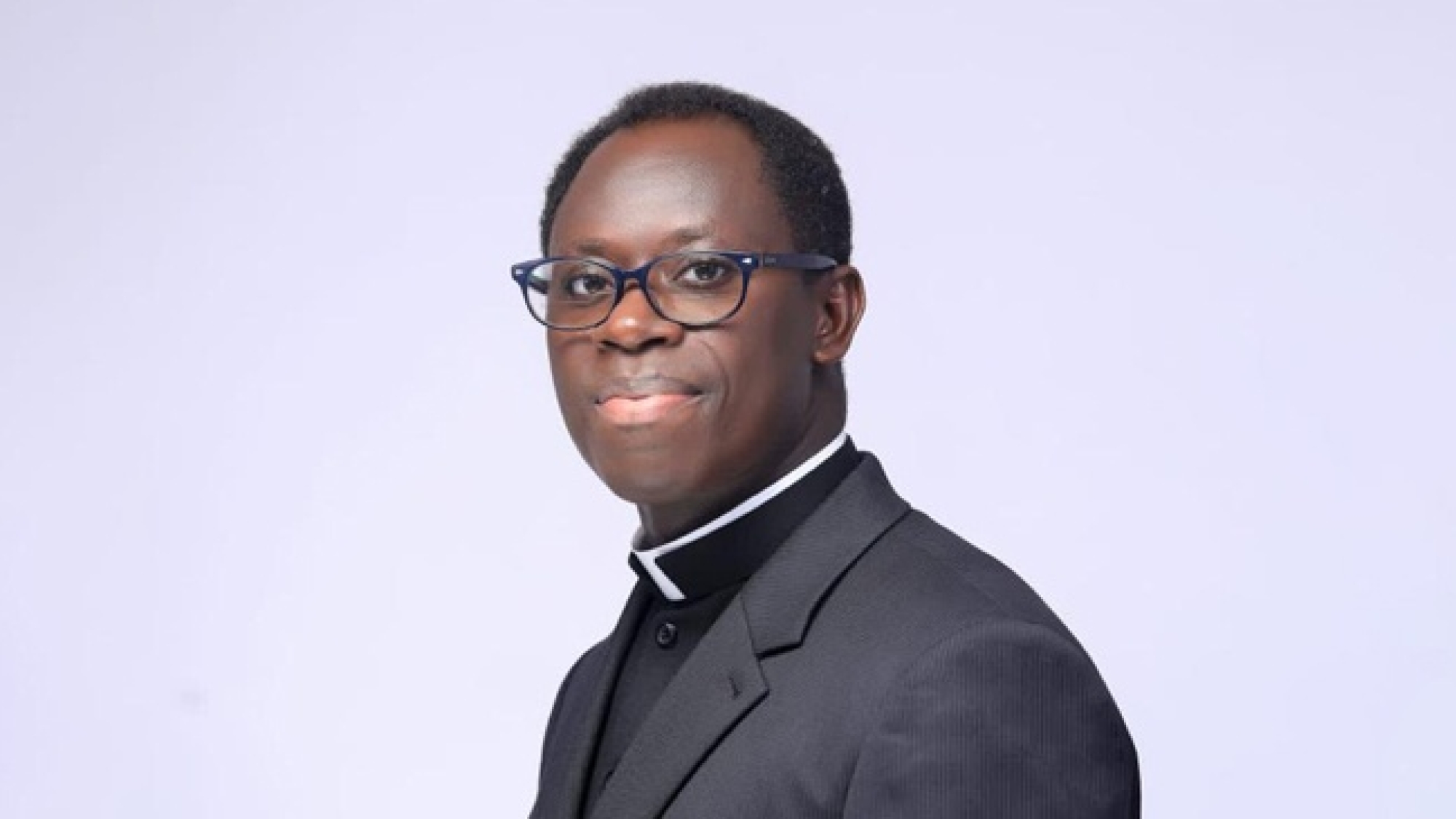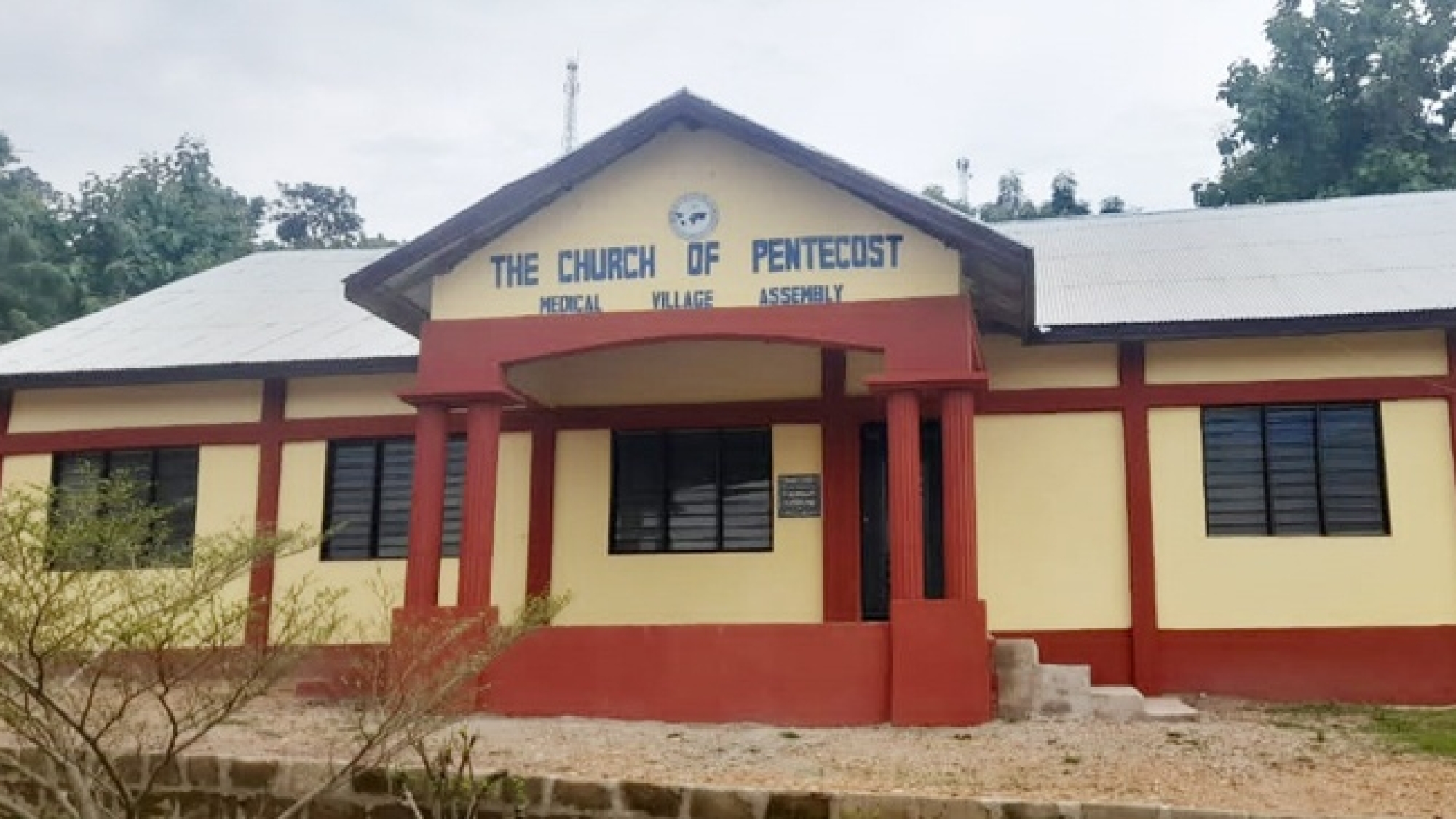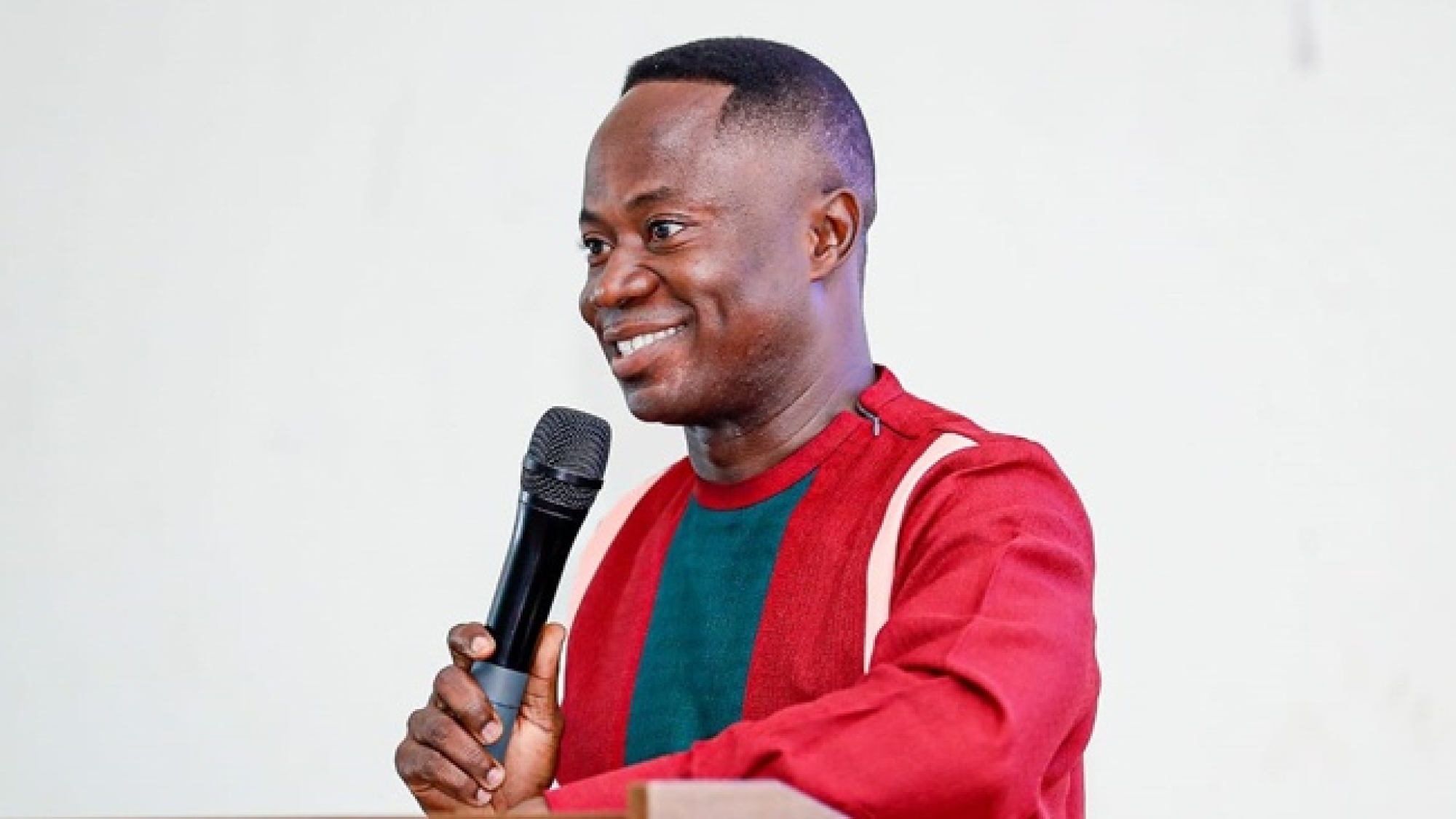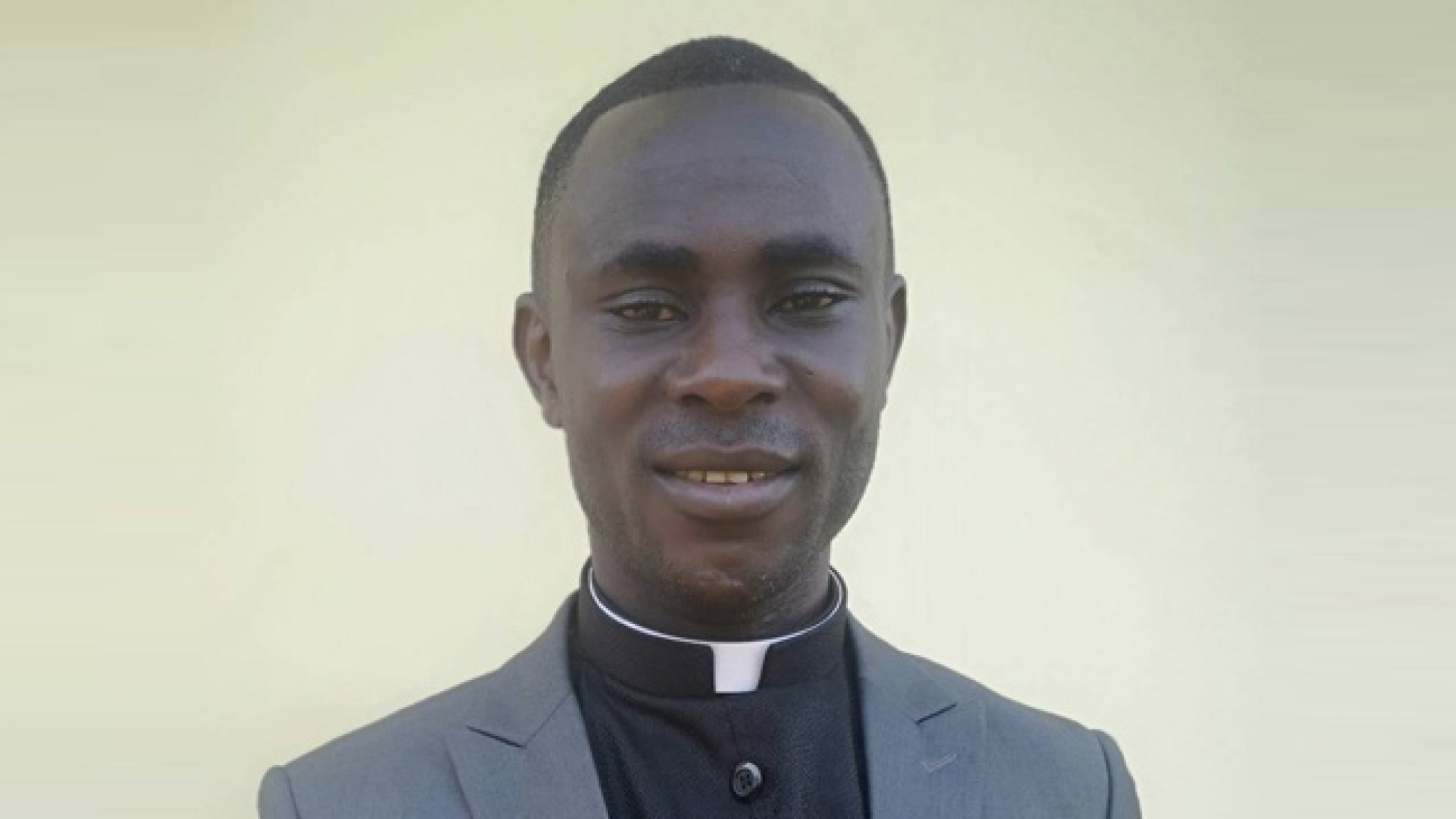ABSTRACT
This abstract explores the concept of “Don’t Waste the Pain,” highlighting the importance of embracing and utilising one’s painful experiences as catalysts for personal development. It acknowledges the universal presence of pain and emphasises its transformative potential. Strategies for harnessing pain constructively include self-reflection, support, reframing, meaning, and resilience-building practices. It encourages individuals to embrace their pain as a catalyst for personal growth and resilience, ultimately leading to a more fulfilled and meaningful existence.
INTRODUCTION
“Don’t Waste the Pain” is an invitation to embrace pain as a catalyst for growth, transformation, and a deeper understanding of our purpose. Through biblical narratives and passages, we will learn how it can shape our faith, strengthen our character, and deepen our relationship with God. We will draw inspiration from some biblical figures: Jesus Christ of Nazareth, Job, Paul, Jeremiah, Joseph, David, Hannah and Esther, who weathered storms of pain and emerged as resilient vessels of hope and grace. The experience of pain involves a complex interplay between physical sensations, cognitive processes and emotional responses. It is important to note that pain is subjective, and it can vary from person to person. We will explore the promises of God’s comfort or solace, the power of prayer, and the shining examples of resilience.
UNDERSTANDING PAIN FROM A BIBLICAL PERSPECTIVE
Pain could be explained as an integral part of the human experience, and the Bible provides a rich narrative of its origin, presence, and response.
- THE ORIGIN OF PAIN
Pain is intertwined with the human condition, a reminder of the brokenness that sin introduced into the world.
- THE PRESENCE OF PAIN IN BIBLICAL STORIES
The Bible offers numerous accounts of pain and suffering in the lives of both ordinary individuals and revered figures such as Jesus Christ of Nazareth, Job, Paul, Jeremiah, Joseph, David, Hannah, and Esther, who experienced profound pain, yet remained steadfast in their faith in God.
The biblical reference in Luke 22:39-46 portrays Jesus’ profound pain and distress and his unwavering resilience and submission to God’s will in the face of imminent suffering. Job’s story also reminds us that pain does not discriminate and that even the righteous are not immune to its grasp. Joseph’s story illustrates the transformative power of pain as he emerged as a compassionate and forgiving leader.
The biblical reference in Luke 22:39-46 portrays Jesus’ profound pain and distress and His unwavering resilience and submission to God’s will in the face of imminent suffering. Job’s story also reminds us that pain does not discriminate and that even the righteous are not immune to its grasp. Joseph’s story illustrates the transformative power of pain as he emerged as a compassionate and forgiving leader.
Reading from Job 2:7-8: “So Satan went out from the presence of the Lord and struck Job with painful sores from the soles of his feet to the crown of his head. Then Job took a piece of broken pottery and scraped himself with it as he sat among the ashes.” Again, Job 3:24-26: says, “For sighing has become my daily food; my groans pour out like water. What I feared has come upon me; what I dreaded has happened to me. I have no peace, no quietness; I have no rest, but only turmoil.”
In Genesis 37:23-24, the Bible states: “So when Joseph came to his brothers, they stripped him of his robe—the ornate robe he was wearing—and took him and threw him into the cistern. The cistern was empty; there was no water in it.” It is recorded in Genesis 39:20 that “Joseph’s master took him and put him in prison, the place where the king’s prisoners were confined….”
For David, Psalm 22:1-2: says, “My God, my God, why have you forsaken me? Why are you so far from saving me, so far from my cries of anguish? My God, I cry out by day, but you do not answer; by night, but I find no rest.” He again says in Psalm 38:17-18: “For I am about to fall, and my pain is ever with me. I confess my iniquity; I am troubled by my sin.”
Hannah’s story in 1 Samuel 1:10 -11 is another positive example of a woman who did not allow pain and suffering to define her or break her spirit. Instead, she channelled her pain into prayer and turned to God for comfort and guidance. Hannah’s pain drove her to seek solace and strength in her faith, and she used her anguish as a catalyst for deep heartfelt prayer. God heard Hannah’s prayer, and she eventually conceived and gave birth to a son named Samuel. Her faith and perseverance ultimately led to a remarkable outcome and a significant impact on the nation of Israel.
The above passages highlight the experiences of Jesus Christ, Job, Joseph, Jeremiah, David, Esther and Hannah amid their personal sufferings and pains. They reflect their cries to God, their feelings of abandonment, and the enduring nature of their afflictions. These stories remind us of the reality of pain and the challenges individuals face in the Bible, demonstrating the human struggle and the need for faith and trust in difficult times.
GOD’S RESPONSE TO PAIN
The Bible reveals a compassionate and loving God who responds to the cries of His people. Psalm 34:18 and Isaiah 41:10 speak of God’s comforting presence and desire to bring healing and restoration. Jesus Christ experienced pain firsthand during His earthly ministry, emphasising our pain and offering redemption and the promise of eternal life. Pain can be embraced as a path to spiritual growth by drawing lessons from biblical figures who experienced pain and emerged more robust in their faith.
EMBRACING PAIN AS A PATH TO SPIRITUAL GROWTH
Pain can lead to spiritual growth, inspiring us to explore the lessons learned from biblical figures who experienced it. Pain is seen as a refining fire capable of purifying and strengthening our faith. Proverbs 17:3 and 1 Peter 1:6-7 remind us that pain is not a sign of God’s absence or punishment but an instrument through which our faith is tested and refined. By embracing pain, we develop a deeper understanding of our dependence on God and the resilience of our faith.
LESSONS FROM BIBLICAL FIGURES
The lives of biblical figures offer powerful lessons on embracing pain as a catalyst for spiritual growth. Job, Joseph, and David offer insights into pain’s transformative nature. Job’s journey through pain transformed his perspective and deepened his understanding of God’s sovereignty. Joseph’s story reminds us that pain can be a vehicle for God’s providential plans, even when we cannot see the whole picture. David’s journey was not without hardship and suffering, but through it all, he developed perseverance, humility, and a steadfast trust in God.
DEVELOPING PERSEVERANCE AND CHARACTER
Pain has the unique ability to develop perseverance and character within us. Apostle James encourages believers to embrace the pain to cultivate endurance and maturity. The example of Apostle Paul further underscores the transformative power of pain, showing that it can be a catalyst for spiritual growth. Through his suffering, Paul experienced a profound intimacy with God and could minister to others from a place of authentic empathy and understanding.
TRANSFORMING PAIN THROUGH FAITH AND HOPE
Faith and hope can transform pain and suffering, drawing insights from biblical passages to offer assurance and encouragement. The following section will explore finding hope and renewal amid the pain:
- FINDING HOPE IN SUFFERING
The Bible provides hope and assurance for those enduring pain. Paul reminds us that the sufferings of this present time pale compared to the eternal glory and joy that awaits us in God’s presence. Psalm 34:17-18 assures us that God is attentive to our cries and intimately present in our pain. Apostle Peter encourages believers to cast their anxieties and pain upon God, knowing He cares for them.
- TRUSTING IN GOD’S PLAN
Trusting in God’s plan and surrendering to His sovereignty are essential to finding meaning and purpose amid the pain. Proverbs 3:5-6 encourages us to trust God’s wisdom and guidance, and Jeremiah 29:11 speaks to the assurance of God’s plans for His people. Jesus Himself set an example of trust and surrender in the face of excruciating pain, demonstrating the transformative power of trusting in God’s plan.
- THE REDEMPTIVE POWER OF PAIN
The story of Joseph serves as an example of how God can redeem and transform pain for His greater purposes. Joseph’s brothers sold him into slavery, leading to years of suffering and imprisonment, but in Genesis 50:20, Joseph acknowledges God’s redemptive hand in his pain. Through Joseph’s pain, God preserved the lives of many and ultimately fulfilled His divine plan.
OVERCOMING PAIN
In the final section of this book, we will explore how to overcome the fear of pain and navigate its challenges. Overcoming the fear of pain with biblical guidance is crucial since the Bible provides wisdom and guidance to overcome the fear of pain and embrace its transformative journey.
- GOD’S PROMISES OF COMFORT
God’s promises of comfort and presence in Psalm 34:18 and Isaiah 41:10 are potent reminders that we are not alone in our pain, providing the strength and support needed to navigate difficult circumstances.
- THE POWER OF PRAYER AND SEEKING GOD’S GUIDANCE
Prayer is a powerful tool that can help us overcome fear and pain. Through prayer, we can bring our FEARS, WORRIES, AND PAIN BEFORE GOD AND SEEK HIS GUIDANCE AND WISDOM.
SOME BIBLICAL EXAMPLES OF RESILIENCE
The Bible contains examples of individuals who displayed resilience and faith in the face of pain. Reading from Jeremiah 1:17-19, 20:7-9, 2 Corinthians 12:7-10 and Esther 4:1-4, it is evident that Jeremiah, Paul and Esther are three examples of individuals who demonstrated resilience and faith in the face of pain. Jeremiah’s conviction and passion for God’s word propelled him forward, while Paul’s words reflect a deep resilience and trust in God’s strength and faithfulness. Esther’s story also highlights women’s strength, resilience and bravery in adversity and continues to inspire people today.
LIFE APPLICATION
God’s strength is made perfect in our weakness, and He equips us to endure and overcome pain. However, we should trust God’s plan and find hope and growth through faith.
CONCLUSION
Beloved, let pain catalyse transformation, growth, and a deeper intimacy with God. Embrace it and trust God’s faithfulness to find hope, healing, and purpose amid trials. Romans 8:18 reminds us that suffering is temporary, but the glory that awaits us is eternal. Never allow pain to consume you or bring you down; instead, take an opportunity of pain for growth and self-improvement. Do not despair when you face complex problems that seem to have no solutions. Jesus Christ has already paid the price to provide you with a solution to every problem you will ever meet. Rise with determination, faith, faithfulness, perseverance, diligence, and absolute reliability of God’s promises, and he will bring you safely through all adversities. You are more than a conqueror. Don’t waste the pain!
Written by Pastor Manasseh Mintah (Atimatim District, Old Tafo Area)
















